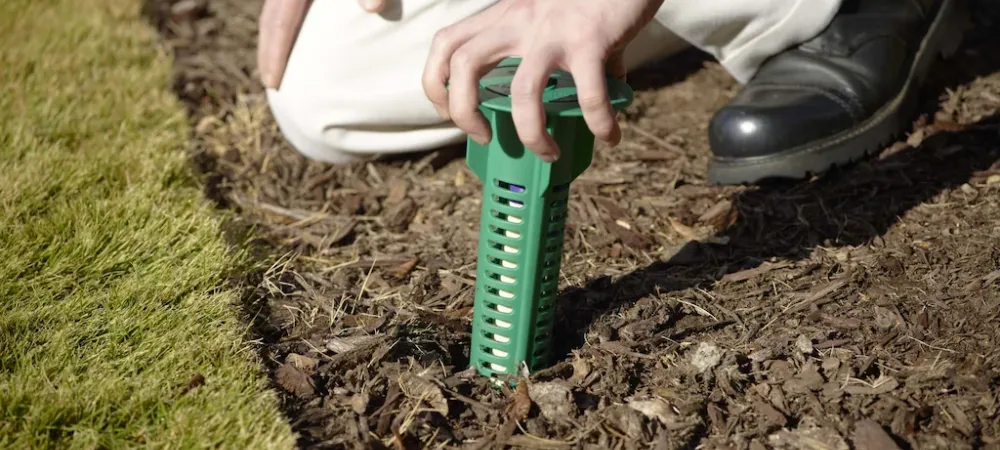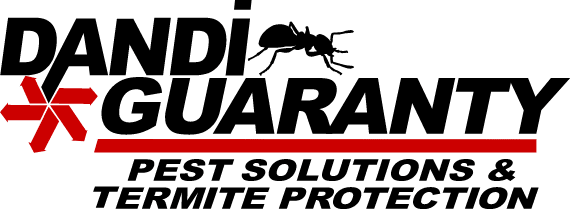
The Impact of Fall Moisture on Termite Activity: Essential Protection Tips for 2025 and Beyond
As fall arrives each year, many homeowners focus on seasonal tasks, such as leaf cleanup and winter garden preparation. However, a critical and often overlooked factor is the impact of fall moisture on termite activity. In 2025, this issue has gained urgency nationwide as wetter-than-average summers and shifting climate patterns create ideal conditions for termite colonies to thrive, extending their presence deeper into the fall months. Understanding how moisture influences termite behavior is crucial to preventing costly structural damage and safeguarding homes in the long term.
What Is Termite Protection and Why Does Moisture Matter?
Termite protection encompasses strategies to prevent infestations, detect early termite activity, and control termite populations before significant damage occurs. Termites are especially attracted to moist environments that provide water and softened wood. According to research from Oklahoma State University Extension, moisture is one of the primary factors encouraging termite foraging and colony growth, especially in regions like Oklahoma, where fall rains saturate soil and building materials after hot summers. Homeowners neglecting moisture control increase their risk of infestation each year.
Key Benefits of Fall-Termite Protection Focused on Moisture Control
- Reduces Wood Damage Caused by Moisture-Attracted Termites: Moisture softens wood, making it easier for termites to tunnel through and consume structural components. Effective moisture management can significantly help curb this risk.
- Limits Termite Colony Expansion Underground: Damp environments allow subterranean termites to expand their colonies beneath and closer to home foundations, increasing the likelihood of infestation.
- Enhances Effectiveness of Treatments: Pest control treatments are most effective when moisture problems are resolved, as dry and well-drained soil creates barriers that termites find harder to bypass.
- Provides Peace of Mind with Preventive Care: Routine moisture control, combined with regular inspections, helps detect termite signs early, preventing irreversible damage.
Types of Termite Protection Relevant to Moist Fall Conditions
Liquid Soil Treatments
Professional termiticide applications in moist soil create effective chemical barriers designed to disrupt termite movement and prevent colony expansion. These treatments penetrate into the soil where termites travel, killing or repelling them before they can access the home’s wooden structures. Accurate moisture assessment is crucial for determining the optimal timing of application, as overly dry or excessively saturated soil can reduce treatment efficacy.
Baiting Systems
Bait stations take advantage of termites’ natural foraging behavior, which intensifies with moisture availability. Fall moisture spikes increase termite feeding, making this season optimal for bait deployment and colony interception. Professional pest control companies like Dandi Guaranty Pest Control utilize advanced systems such as Sentricon®, a trusted termite baiting technology that effectively disrupts colonies while minimizing environmental impact.
How to Protect Your Home from Moisture-Driven Termite Activity This Fall
Step 1: Schedule a Professional Inspection After Summer
Following rainy summer months, inspections detect colonies actively exploiting moist conditions.
Step 2: Control Moisture Sources Around Your Home
Repair leaking pipes, maintain gutters, improve drainage, and limit lawn irrigation near foundations—essential measures to reduce termite attractants as recommended by the Oklahoma Department of Agriculture, Food, and Forestry (ODAFF).
Step 3: Collaborate with Pest Control Experts for Treatments
Select treatment methods such as liquid barriers or bait systems tailored to your home’s moisture profile and local termite risks.
Step 4: Commit to Ongoing Monitoring and Moisture Management
Continued inspections combined with moisture reduction maximize termite protection and treatment efficacy.
National and Oklahoma-Specific Fall Moisture Considerations
- Nationwide Moisture Impact: Across the U.S., regions experiencing humid, rainy falls see elevated termite activity as moisture rehydrates soil and softens wood materials, inviting termite foraging and colony expansion.
- Oklahoma’s Unique Climate Influence: Oklahoma’s humid subtropical climate produces hot, wet summers followed by moist falls that sustain termite feeding and growth year-round. Oklahoma State University Weather Data highlights how seasonal rainfall patterns create persistent moisture conditions beneath homes in Tulsa and beyond, making moisture control a pivotal concern for homeowners.
- Local Soil and Landscape Factors: Tulsa and the surrounding Oklahoma areas have soil types that are prone to retaining moisture longer after rainfall. In combination with common irrigation practices and seasonal thunderstorms, this creates prolonged damp environments that are ideal for subterranean termites.
- Increased Risk After Summer Storms: The frequency of summer storms in Oklahoma saturates soil and wooden structures near foundations. Without quick drainage or repairs, this moisture attracts termites and facilitates colony expansion during the fall.
- Seasonal Treatment Timing: While spring remains the peak termite swarming season, fall’s damp conditions are critical for inspections and treatments focused on preventing damage from active colonies already established in the soil and wood.
- Regulatory Emphasis on Integrated Pest Management: Oklahoma’s official termite control guidelines encourage the combination of chemical treatments with environmental modifications, such as moisture reduction and landscape management, to reduce pesticide use and improve long-term effectiveness.
Common Mistakes When Managing Termite Risks Related to Moisture
- Mistake 1: Overlooking Moisture Issues
Unrepaired leaks, puddling water, or saturated soil invite termites despite treatment efforts. - Mistake 2: Delaying Inspections Until Damage Is Visible
Visible damage signals advanced infestation. Timely fall inspections following rainy summers help catch moisture-driven termite activity early. - Mistake 3: Relying Solely on DIY Solutions
Store-bought products rarely reach moist subterranean colonies. Professional treatments combined with moisture control offer comprehensive protection.
Professional Termite Protection: Combining Expertise and Moisture Management
Homeowners nationwide, especially in termite-prone states like Oklahoma, benefit from working with pest control professionals who integrate detailed moisture assessments into their termite prevention and treatment strategies. Companies like Dandi Guaranty Pest Control specialize in combining advanced monitoring technologies with seasonal moisture awareness to deliver tailored termite protection plans. Partnering with experienced providers like Dandi ensures homeowners maximize long-term defense against termites in 2025 and beyond.
References
- Oklahoma Mesonet. (2025). Oklahoma Mesonet: Weather and climate data for Oklahoma. https://www.mesonet.org/
- Oklahoma Department of Agriculture, Food, and Forestry. (2020). Oklahoma Official Termite and Wood Destroying Organisms Report Form (ODAFF-1). https://ag.ok.gov/wp-content/uploads/2020/11/Oklahoma-Offical-Termite-Wood-Destroying-Organisms-Report-Form-ODAFF-1.pdf
- Oklahoma State University Extension. (2017). Choosing a pest management company to protect your home against termites. https://extension.okstate.edu/fact-sheets/choosing-a-pest-management-company-to-protect-your-home-against-termites.html
Last updated: September 3, 2025
